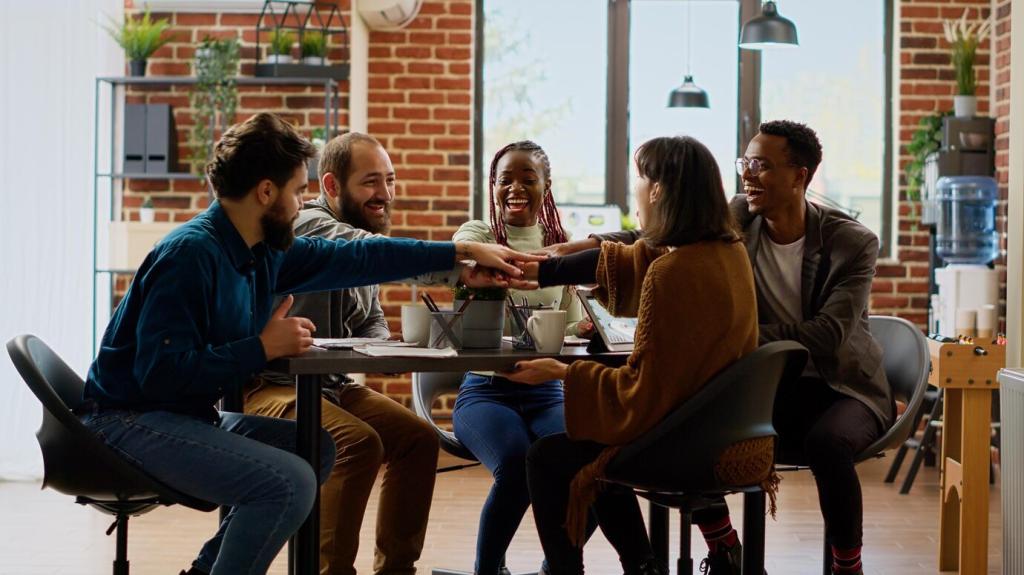Breathing Practices for Equitable Meetings
Guide the group through box breathing: inhale four counts, hold four, exhale four, hold four. Repeat three times. This settles nervous systems, softens urgency bias, and helps people consider outcomes beyond their own vantage point before voting or choosing.
Breathing Practices for Equitable Meetings
Invite each person to share one word about their current state after a single slow breath. Rotate who goes first. This tiny ritual elevates quieter voices, normalizes honesty, and signals that every perspective matters before content takes center stage.










